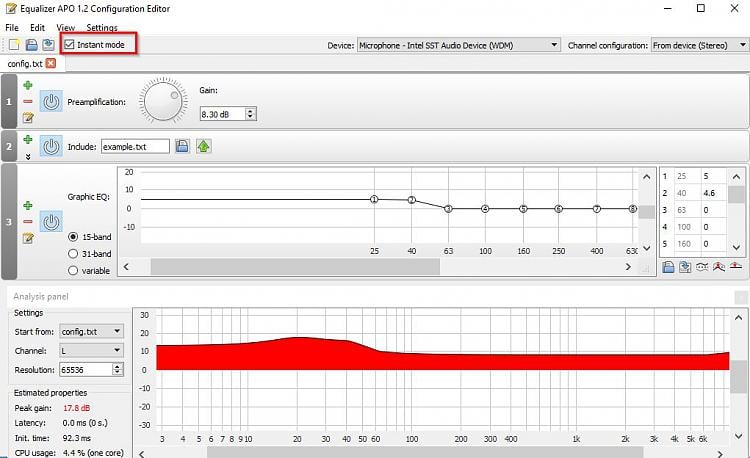

The low-frequency element of the signal will contain a greater level of impedance. The high-frequency element of the audio signal will, therefore, have less impedance and easily pass through the capacitor and to the amplifier’s non-inverting input. Its impedance is inversely proportional to the frequency and the capacitance - so, the lower the frequency, the higher the impedance and vice-versa. The audio signal passes through the capacitor.

For the positive voltage, the anode of the other battery is connected to the op-amp’s positive supply pin and that battery’s cathode is connected to the common ground.For the negative voltage, the cathode of one of the batteries is connected to the op-amp’s negative supply pin and that battery’s anode is connected to the common ground.These batteries’ positive and negative supply voltages are provided to the operational amplifiers used in all of the filters. As a DC source is required to bias the op-amps, the batteries provide the negative and positive voltages. The equalizer circuit is built by assembling the following components…Ī power supply –A dual-power supply is used to power the filter circuits, using two 9V batteries. Afterward, the frequency bands are combined into one audio signal and passed to a power amplifier and speaker. The gain for the different frequency bands is controlled through variable resistors, connected at the filters’ input. A low-pass filter for separating low-frequency elements.A band-pass filter for separating the mid-range frequency elements.A high-pass filter for separating the high-frequency elements.Our equalizer is designed for using three audio filters: We covered some of these in the previous tutorial: Understanding the filters. We’ll be using some common terms associated with audio amplifiers or audio filters, such as gain, cut-off frequency, bandwidth, and the quality factor.
#Python equalizer audio generator#
A function generator will be used as the input source to produce sinusoidal waves at different frequencies. The curve will be drawn by plotting the voltage levels of the audio signal with respect to the frequencies. To properly test this EQ, we’ll analyze the frequency response curve of the audio filters. The amplifier circuit will boost the combined audio signal and direct it to a speaker. The different frequency components will be combined at the filters’ output stage and connected to an LM386-based power amplifier circuit. The gain for each frequency band will be regulated using variable resistors, connected at the filter circuits’ input. The circuits will be active filters using an operational amplifier (op-amps). So, it will have low, high, and band-pass filter circuits to separate the low, high, and mid-range frequencies of the audio signal. Equalizers can be designed using audio filters or integrated chips (such as an LA-3600, which is a five-band equalizer IC).įor this project, we’ll design a three-band, graphic equalizer circuit using audio filters.


 0 kommentar(er)
0 kommentar(er)
